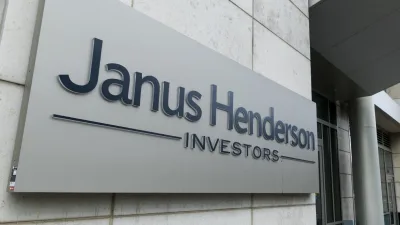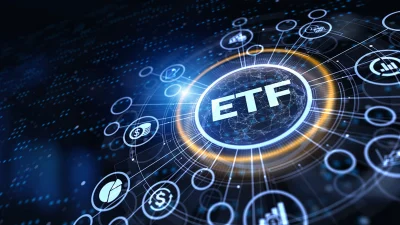Volatility not the most destructive threat



Investors should look beyond volatility as a key measure of risk and consider a potentially more destructive threat, according to asset manager AllianceBernstein.
This threat is known as tail risk — the possibility of experiencing losses on portfolios that lie outside what, statistically, is regarded as a normal distribution of investment returns.
"The problem with the concept of volatility, as it is typically understood by risk-aware investment strategies, is that it assumes a normal pattern of returns, such as that described by the bell curve diagram of probable outcomes commonly used in statistics," said Michael DePalma, AllianceBernstein's New York-based chief investment officer, quantitative investment strategies.
"But we know from experience, particularly since the 2008 financial crisis, that extreme outcomes are likelier in reality than the probability implied by a normal distribution."
Tail risk takes its name from the shape of the bell curve, in which statistically normal outcomes fall along the ‘dome' of the bell and extreme outcomes tail off at either end.
AllianceBernstein research found a negative tail event should have occurred in global financial markets six times since 1988. In fact, extreme losses have occurred more often, happening nine times.
Using this research, the group had launched a new strategy known as ‘tail-risk parity' (TRP).
DePalma said the new strategy would help investors mitigate the losses from tail-risk events, and achieve positive investment returns across the investment cycle.
"It takes the concept of risk parity, in which capital is allocated so that each asset-class contributes equally to overall portfolio volatility, and improves upon it by rejecting volatility as the measure of risk, using tail risk instead."
Recommended for you
Global asset manager Janus Henderson could be acquired after receiving a non-binding acquisition proposal jointly from a private investment firm and venture capital firm.
Investment manager Salter Brothers has partnered with private equity firm Kilara Capital to launch an Australian sustainable investment platform focusing on decarbonisation.
Fresh off launching three active ETFs to the Australian market, Avantis Investors is already planning to expand its range with two further products next year.
Ausbil is growing its active ETF range with an ESG product in collaboration with sister company Candriam.











